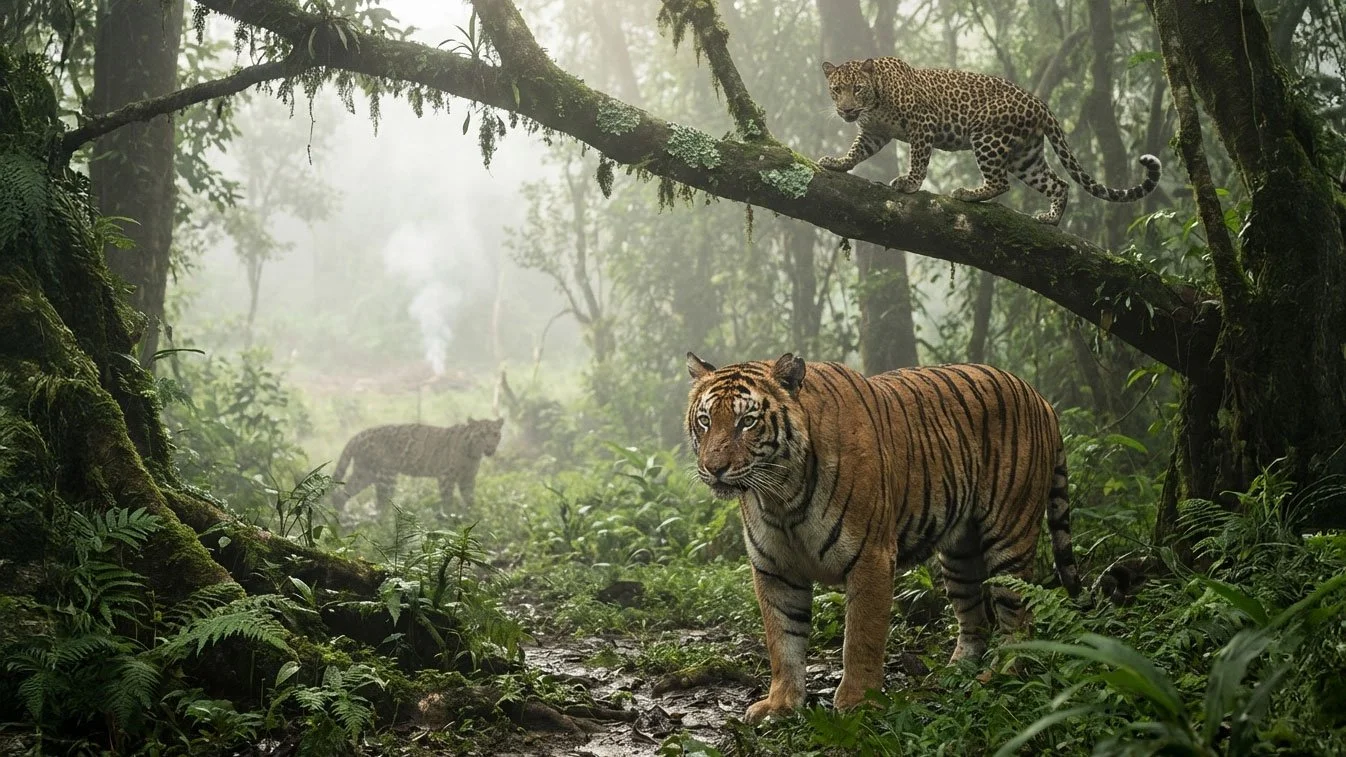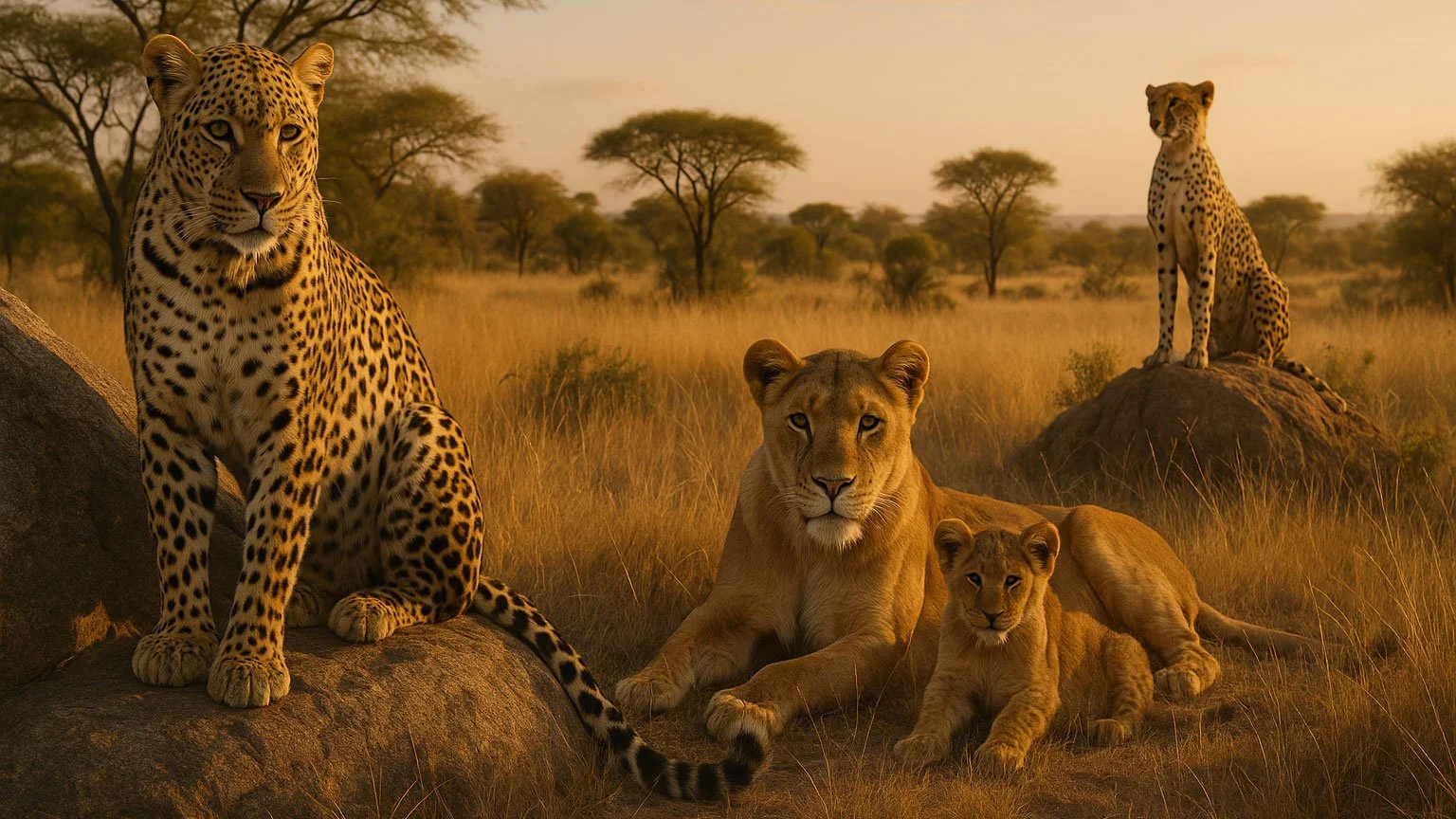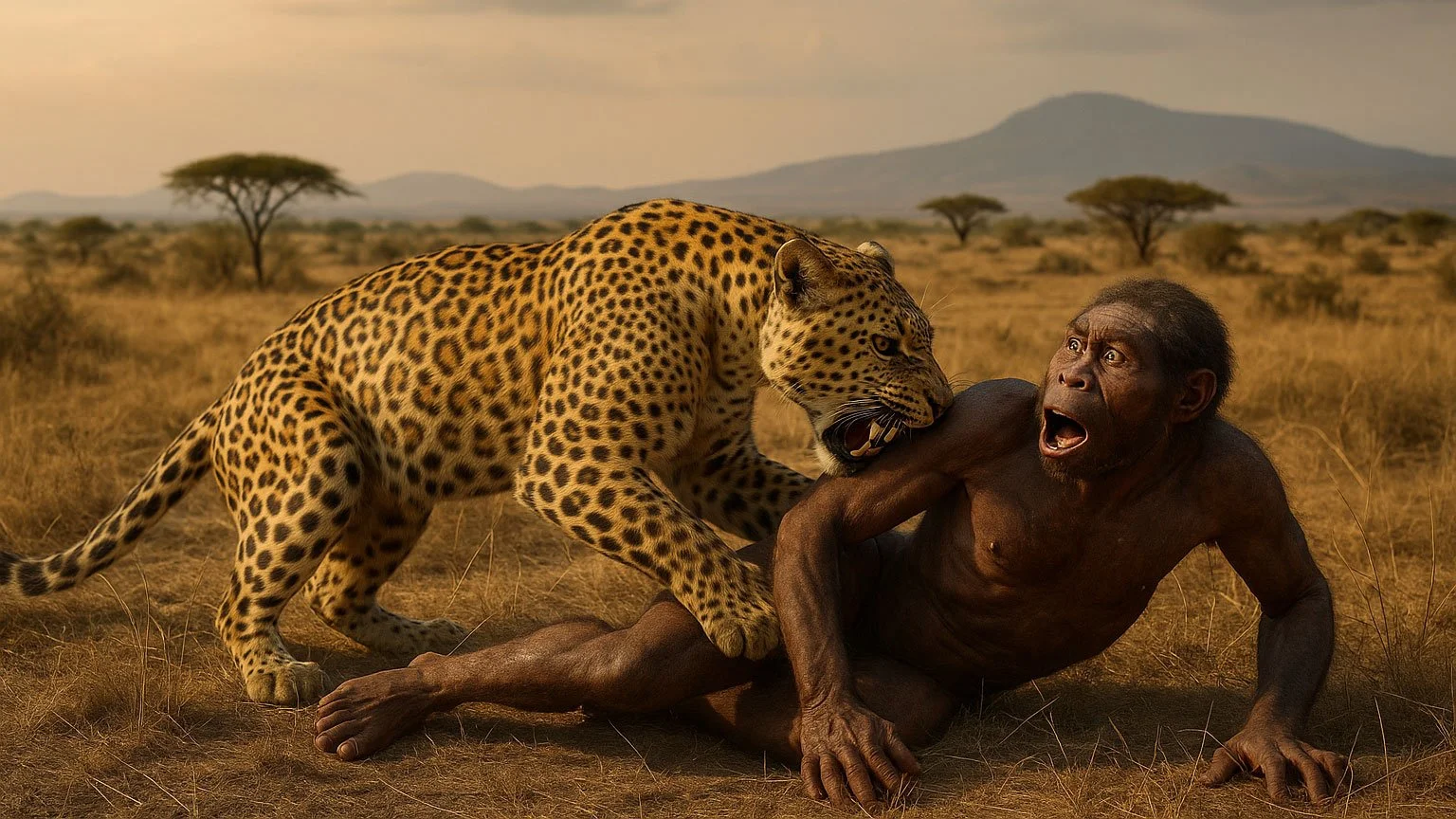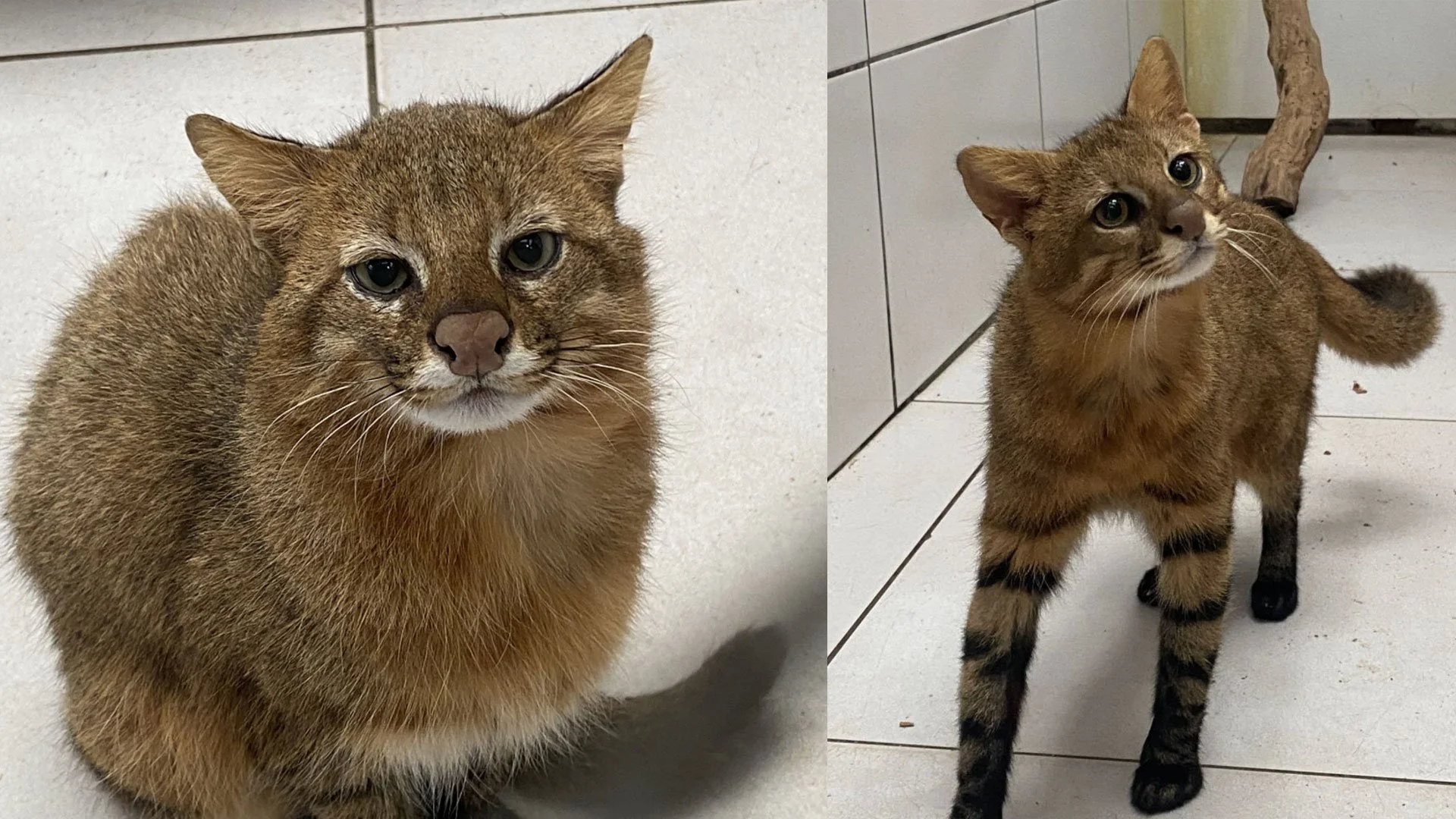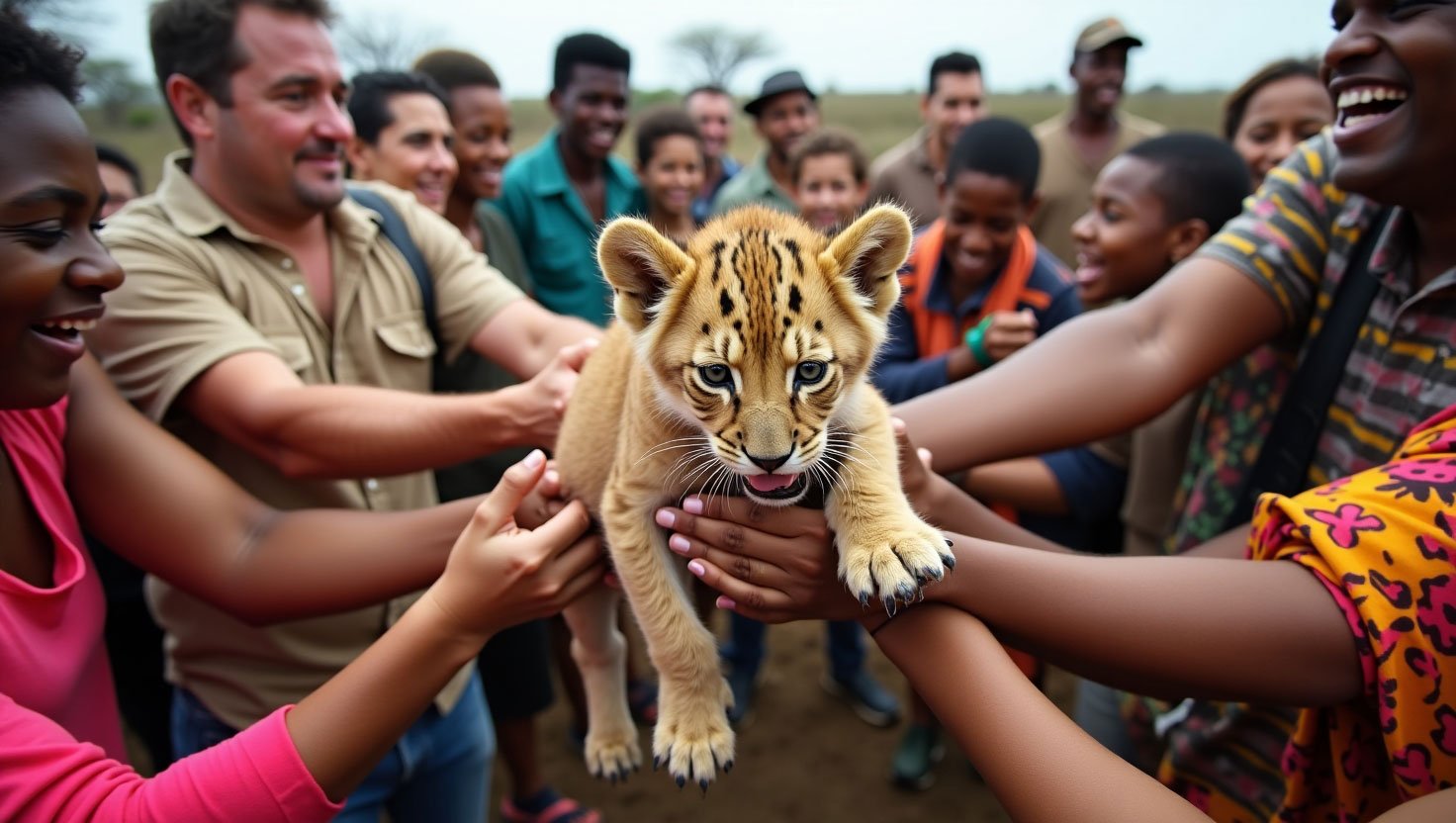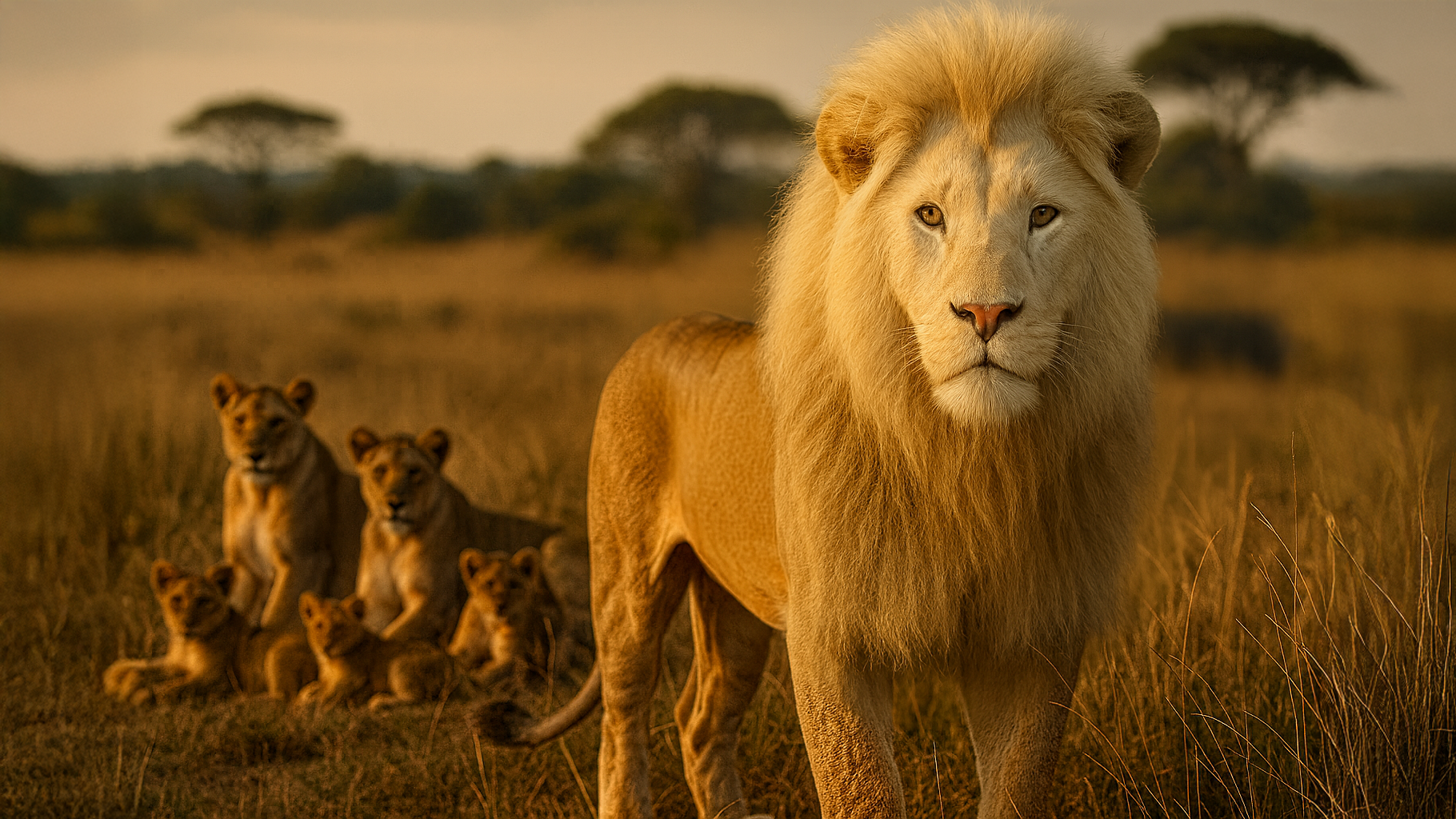Behind the Fences: The Untold Stories of Africa’s National Parks
In the early light of dawn, the golden savannas of Africa stir awake. Lions stretch in the cool shade of acacia trees. Elephants roam the mist-veiled edges of forest clearings. It's the kind of wild, majestic image sold to tourists on postcards and safari brochures—the "untamed" Africa, carefully curated for foreign eyes.
But step beyond the lodge, and you'll find a very different story.
It’s the story investigative journalist Olivier van Beemen tells in his award-winning book In the Name of Nature, a searing exposé into the conservation model of African Parks. And it’s a story echoed by ecologist Beth Kaplin, whose decades of experience working in protected areas across Rwanda and East Africa have revealed an uncomfortable truth: that in the name of conservation, we may be building walls instead of bridges—pushing people out to let nature back in, while creating a fortress few benefit from.
African Parks, a powerful NGO managing 23 national parks across 13 African nations, is hailed as a conservation success story. Backed by Western governments, celebrities like Prince Harry, and Hollywood names such as Bill Pope, its mission is to rescue biodiversity hotspots by combining conservation with community development and tourism. On paper, it's a dream. In practice, it’s often a nightmare for the people living nearby.
Van Beemen spent four years investigating African Parks’ operations. What he uncovered were not tales of harmony between humans and wildlife, but stories of exclusion, displacement, and even violence. In multiple parks, communities that once depended on forests for firewood, medicinal plants, and spiritual sites now find themselves locked out—with fences, fines, and even armed eco-guards standing between them and their history.
In places like Zambia, where African Parks has been present for over two decades, promises of tourism and economic upliftment have fallen flat. One park reportedly receives just 900 tourists a year. And while elephants and lions may be monitored and relocated in costly translocation programs, the people living around them are often left behind—without jobs, without access, and without a voice.
Kaplin calls this model a kind of “green colonialism,” a term coined by historian Guillaume Blanc. It echoes the colonial past where African lands were cordoned off for European enjoyment and profit. Today, the same model persists, though now it's wrapped in the language of sustainability and ecotourism.
“National parks are often created with the idea of economic gain through tourism,” Kaplin explains. “But these gains rarely flow back to local communities. At best, they’re brought out to dance for tourists. At worst, they’re treated as trespassers on lands they once called home.”
This isn't just a philosophical or ethical issue—it’s a practical one. Conservation cannot succeed without community. People who feel excluded from protected areas have little incentive to protect them. And when hunger strikes, bushmeat becomes survival, not sabotage.
In many African Parks-managed reserves, even subsistence hunting or fishing is criminalized. In Benin’s Pendjari National Park, locals watched in horror as hundreds of their livestock were killed for straying inside protected zones. Fences went up. Access was cut off. Resentment grew.
Perhaps most disturbing are the human rights abuses Van Beemen alleges. In Malawi, the Democratic Republic of Congo, and Zambia, he heard firsthand accounts of torture by park rangers—some of them trained by instructors with military backgrounds from France, Israel, and South Africa. One gruesome technique, dubbed “the swing,” reportedly forced confessions, sometimes from the innocent.
Even African Parks acknowledged 10 of the 15 abuse cases Van Beemen documented. But their defense? Out of the 16,000 people they’ve arrested, these were just “incidents.” As if a small number of injustices could be written off as collateral damage.
“We cannot protect wildlife at the expense of human life,” Kaplin says firmly. “We must address root causes—poverty, hunger, lack of education—rather than militarizing conservation.”
The truth is, the fortress model of conservation may offer short-term gains in poaching reduction, but it’s sowing long-term conflict. In the Sahel’s W National Park, the militarized mindset has arguably worsened tensions between herders, farmers, and conservation authorities. In Virunga National Park in the DRC—one of the most biodiverse yet politically unstable regions on Earth—the idea of “war” has become frighteningly literal.
The solution lies not in pushing people out, but pulling them in.
We need conservation programs that empower local communities, train them as wildlife stewards, and share the economic benefits of tourism. As Kaplin notes, countries like Kenya and Tanzania, which have refused to let African Parks take over their parks, are showing that locally led, inclusive conservation is not only possible—it’s preferable.
We must move away from a model that measures success by fences erected, square kilometers controlled, or animals translocated. Real success is found when a child in a village near a national park can point to an elephant and say, “That’s part of my heritage. I help protect it.”
The future of conservation must be rooted in justice, not control. In community, not colonialism. Because wild cats, elephants, rhinos—and yes, the forests themselves—thrive best when the people who share their land are thriving too.
Positive Call to Action:
Support organizations that prioritize ethical, community-centered conservation. Big Cat Rescue is shifting focus to help wild cats in the wild by empowering local solutions. You can make a difference by learning more, donating to trustworthy conservation initiatives, and advocating for models that protect both wildlife and human dignity.
Learn more: https://news.mongabay.com/2025/07/from-protection-to-control-van-beeman-and-kaplin-discuss-conservation-in-africa/



